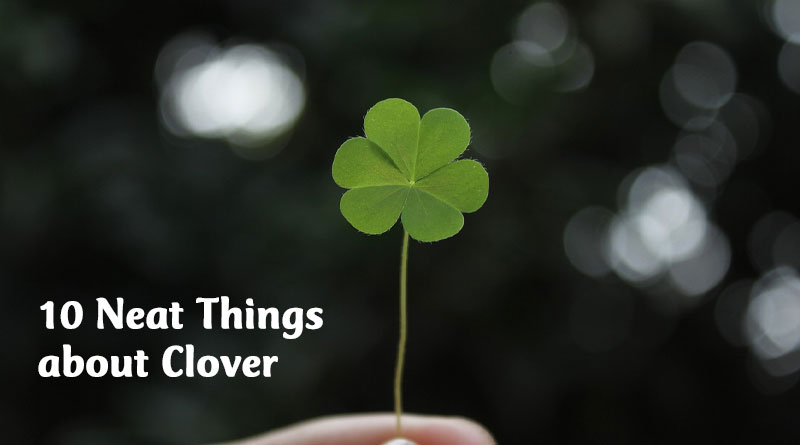About Clover
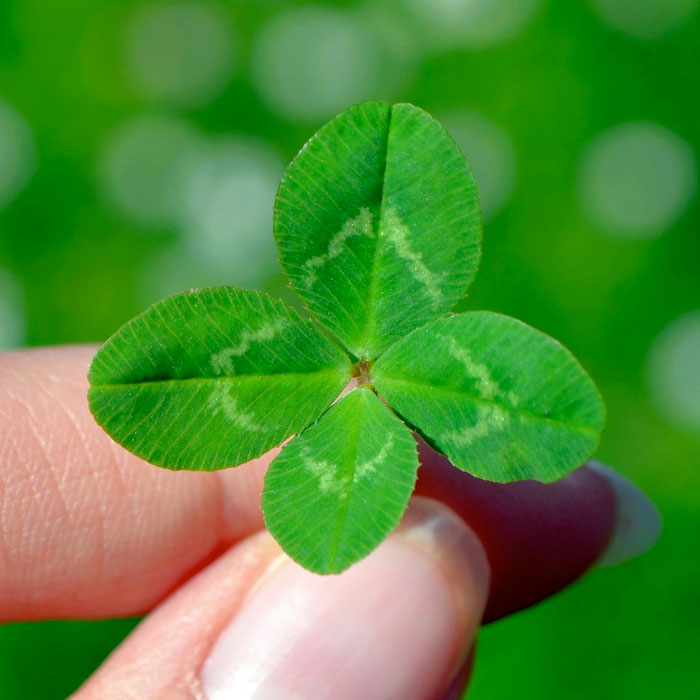
1. It saved an emperor.
Four-leaf clovers stand for luck and it was extremely lucky for Napoleon Bonaparte when he spotted a four leaf clover, bent down to pick it and escaped an assassin’s bullet! Or was it? This factoid is often quoted on lists of clover miscellany, but I could not find anything predating the Internet that describes it.
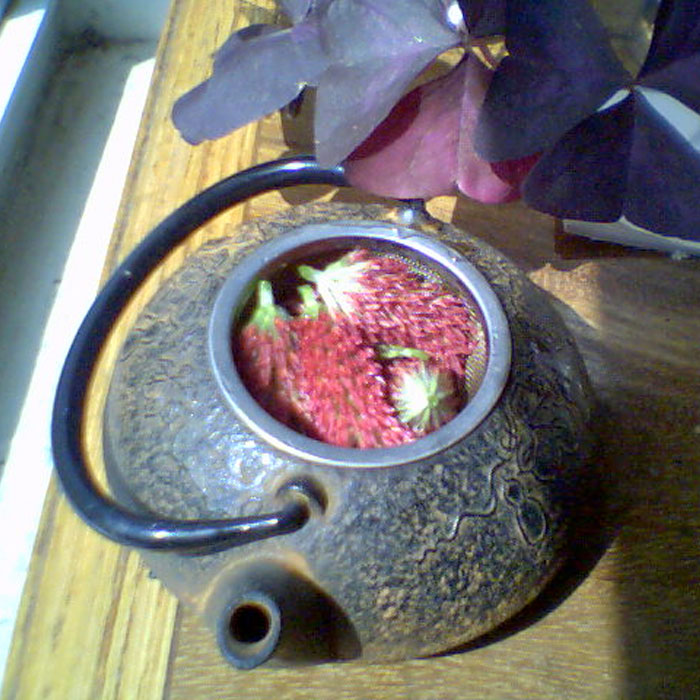
2. Add a little clover to your tea.
The height of elegance is the addition of a few white or red clover flower petals to a cup of tea. The petals are rich in nectar and are very sweet. Some people go a lot further and sprinkle the blossoms on their rice. Others add them to salad. You can even grind up dried flower heads and seed pods to make flower flour!

3. Blood thinning.
Red clover is widely used for medicinal purposes. It contains a substance known as coumarin, which is an effective blood thinner when affected by a fungus. The drug Coumadin was discovered after a bunch of cows died after eating mouldy sweet clover.
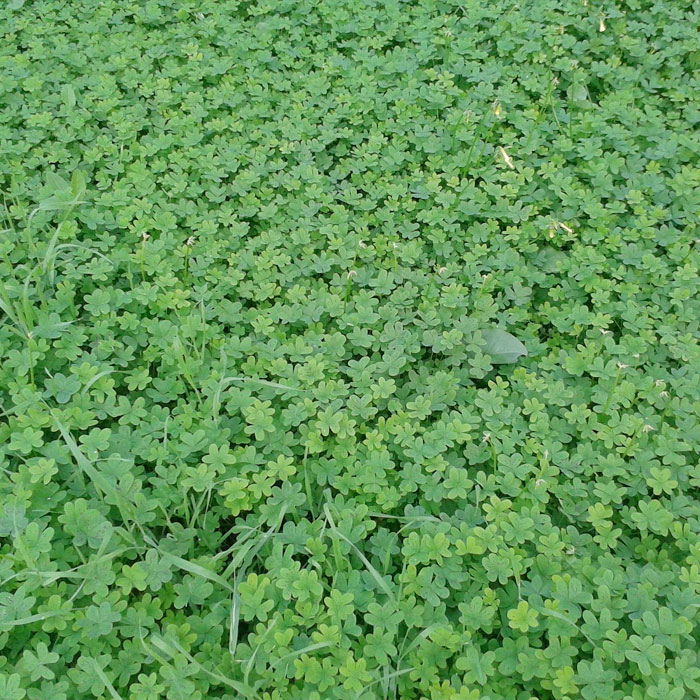
4. Clover lawns.
Clover was at one time part of most lawn mixes, but it fell out of favour. Wise gardeners, however, will encourage them in the lawn for its general health and overall greening effect. Clover lawns are making a comeback because they need no fertilizer, no herbicides and little mowing. Microclover, which is very short, is a popular choice for lawns.
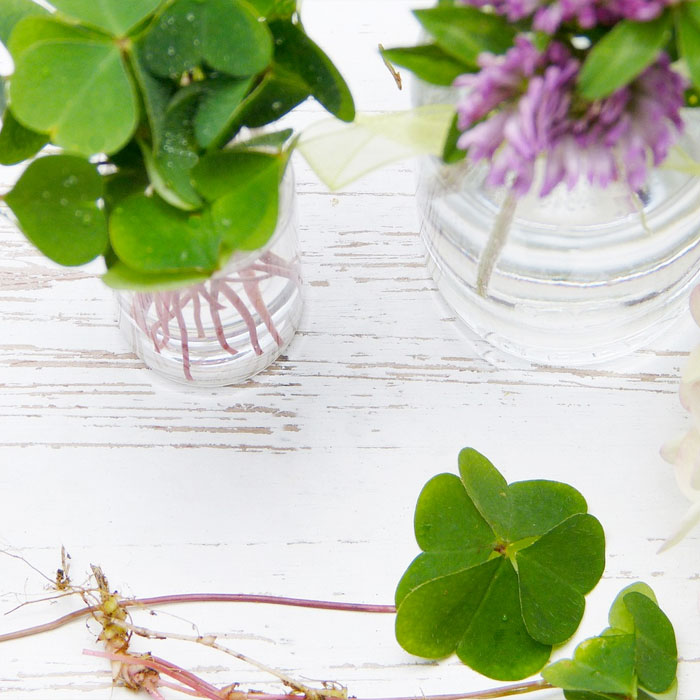
5. Nitrogen fixer.
One of clover’s chief virtues is its ability to ‘fix’ nitrogen in the soil. This is done through a symbiotic relationship with bacteria. Root nodules, specific to certain leguminous plants, occur at the instigation of bacteria known as rhizobia which cause the meristems of the plant roots to form little homes (nodules) for the bacteria. The bacteria have the ability to release nitrogen from minerals and the air in a form that plants can use. Nitrogen is needed for plant growth, so they are a welcome addition to any garden that wants to grow free from synthetic fertilization.
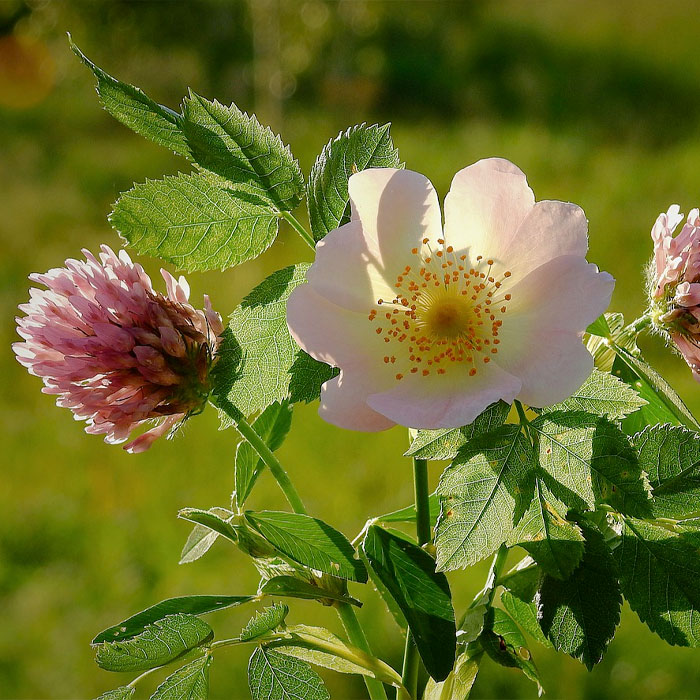
6. Clover love.
This is a term used to express the benefits other plants get from being grown with clover. Even though nitrogen is mainly released from their dead roots, there is a certain amount of root leakage from living plants. But this is not a selfish love. Clover benefits from the presence of other plants that apparently assist them in absorbing carbon and delivering it to the ground at a much faster rate than when it is grown by itself. This is thought to be related to mycorrhizal activity in the root systems of the companion plants.
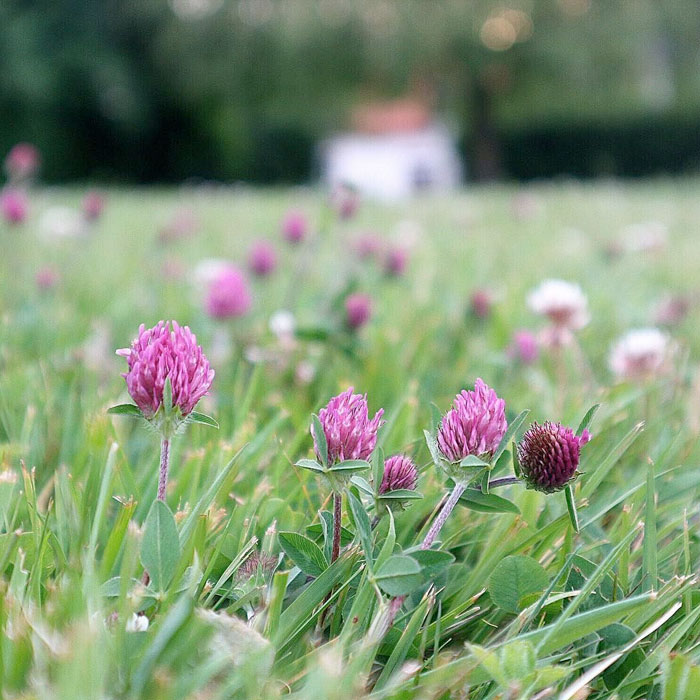
7. Organic pastures.
Farmers could save $40 to $50 an acre in fertilizer costs for pastures if they sowed them with 20 to 30 percent clover, according to some growers. It is also high in protein. But be careful to avoid fungal diseases in your clover patches.
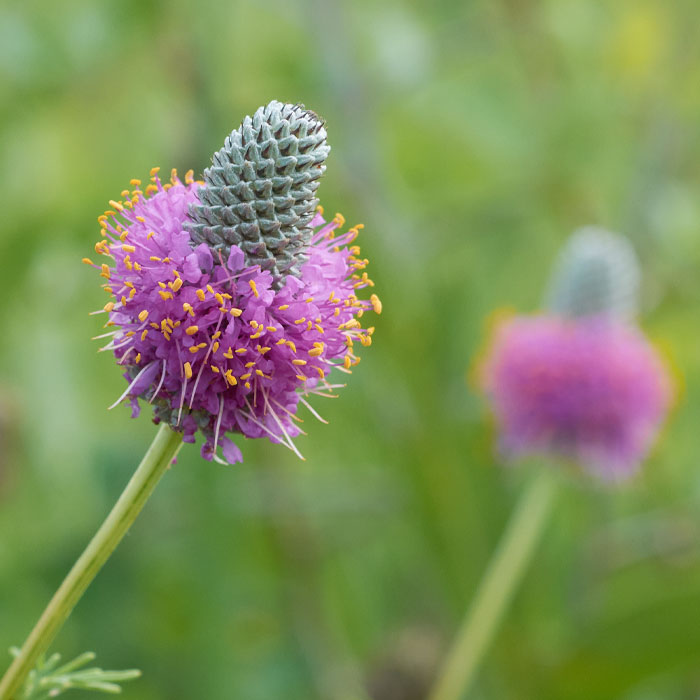
8. Purple prairie-clover.
Not a true clover (Trifolium), prairie purple-clover (Dalea purpurea) is nevertheless leguminous. Its cone-shaped flower head is ringed with sparkling drops of golden pollen. It is the only native ‘clover’ of western Canada. The leaves of its cousin, white prairie-clover, were made into a tea to cure the fever of measles. The stiff stems were often collected and used as brooms.
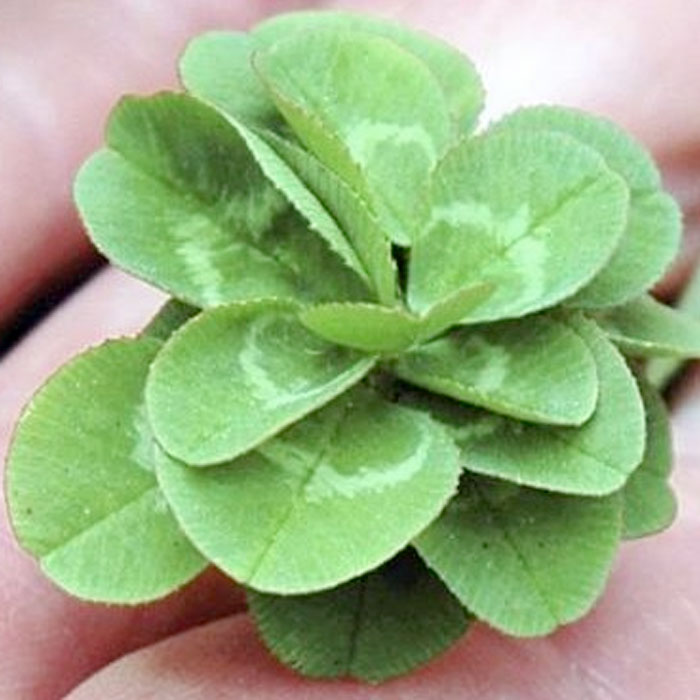
9. Most leaves.
In 2009, a man found a clover with 56 leaves. His name was Shigeo Obara, and he was, at the time, an 85-year-old man in Japan. Curiously, he also found the previous world-record holder, one with 21 leaves. He wasn’t just a lucky old guy, though; he spent 60 years crossbreeding them to increase the number of leaves. He used natural breeding methods, so it’s still an impressive feat.
10. Finding a lucky four-leaf clover.
Your chances of finding a lucky four-leaf clover are actually pretty good. A group counted four-leaf and higher-leaf clovers in a sample of some 5.7 million from six European countries. They found one 4-leaf per 5000 and one 5-leaf per 24,390.
– Dorothy Dobbie and Shauna Dobbie Copyright©
Pegasus Publications Inc

